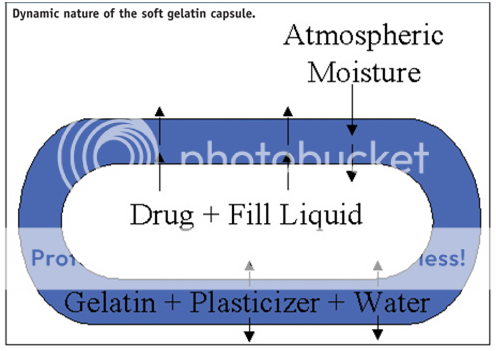Why do you take Pyroglutamic acid more often than Piracetam? It seems that there are more studies demonstrating the safety of Piracetam than there are of Pyroglutamic acid.
Yes, but pyroglutamate is an endogenous metabolite, while piracetam is a xenobiotic.
Would cognac have the same, or some of the same benefits as wine? It should contain many of the same polyphenols despite the distillation process.
"Polyphenolic compounds [extracted] from Cognac induce vasorelaxation in vitro and decrease post-ischaemic cardiac infarction after an oral administration [in rats]" (PMID 15147285). ""Oral administration of polyphenolic compounds from cognac decreases ADP-induced platelet aggregation and reduces chronotropic effect of isoprenaline in rats." (PMID 17705676). PMID:18052679: "Cognac polyphenolic compounds increase bradykinin-induced nitric oxide production in endothelial cells." Despite all of that evidence on endothelial function, PMID 18522727 found that "Cognac [100 mg phenolics per 2.4 dL (~1 C) serving] increased plasma antioxidant capacity, but it had no effect on coronary circulation in healthy young men." And viveutvitas: "Moderate consumption of red wine, but not gin, decreases erythrocyte superoxide dismutase activity [in] a randomised cross-over trial" (PMID 19819677).
You're assuming IAC that polyphenols are the "health-giving ingredient" in wine -- a reasonable assumption, but far from established -- and that sheer quantity of polyphenols does the job. AFAIK we have no health outcome data even to show that red wine (high-phenolic) is better than white (low-phenolic), and none either way on cognac vs. wine or other spirits.
Stick with wine, and go with red just in case.
Edited by Michael, 25 August 2012 - 04:22 PM.





















































